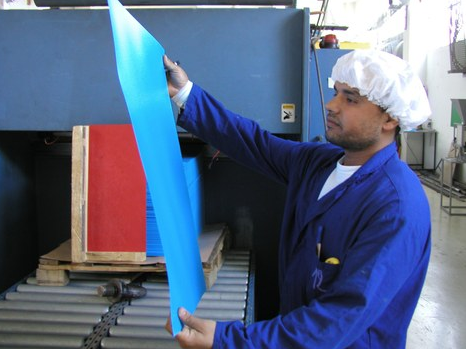LEDS in Practice: Gain the competitive edge to realize the benefits of low emission development

Introduction
Low emissions development strategies (LEDS) are central to the mitigation of current and future greenhouse gas emissions, which if unchecked will accelerate climatic change and further exacerbate existing vulnerabilities, and thereby undermine efforts to adapt to climate change.
Industries are increasingly modifying their production models to more sustainable ones. By making more efficient use of materials and optimizing inputs, in particular energy and water, companies can reduce costs, reduce their emissions and improve their competitiveness.
Climate resilient industrial development involves continued efforts to mitigate climate change while at the same time preparing industry to adapt to its impacts. Many opportunities to foster climate resilient industrial development and competitiveness are based on ‘green industry.’ This covers both the greening of existing industries to continuously improve their resource productivity, and the creation of green industries that deliver environmental goods and services. The greening of industries is key to economic competitiveness, since resource inputs represent an important production cost, and improving efficiency can create a competitive advantage.
This publication*, which was produced in partnership with the United Nations Industrial Development Organization (UNIDO), explores how low emission development is linked to competitiveness and how competitiveness benefits can be integrated into low emission policy and planning. It also presents a short case study on the MED-TEST project in Egypt, Morocco and Tunisia.
*download the full report form the right-hand column. The key messages from the report are provided below – see the full text for more detail and further resources.
Key Messages
-
Low emission industrial development and resource efficiency offer excellent opportunities for increasing competitiveness of economies and companies.
-
There is often a clear business case for switching to lower emission technologies, with payback periods ranging largely from 0.5–5 years, leveraging financial investment.
-
Resource productivity has a huge potential in moving towards circular economies and zero carbon societies.
-
Many green industry policies, tools, and means of implementation exist that can drive low carbon competitiveness as part of NDCs or wider development strategies.
This paper is one of LEDS GP’s ‘LEDS in Practice’ series, from their Benefits Working Group, which presents the benefits of LEDS for resilience, trade, employment, health, energy security, industrial competitiveness, and gender equality.
The case studies were developed in cooperation with Conservation International, the International Centre for Trade and Sustainable Development (ICTSD), the International Labour Organization (ILO), the Energy research Centre of the Netherlands (ECN), the United Nations Industrial Development Organization (UNIDO) and the International Union for Conservation of Nature (IUCN), respectively.
Each factsheet highlights opportunities and challenges, and includes policy recommendations and lessons learned from case studies, as well as an overview of tools to assess and integrate benefits into LEDS and Nationally Determined Contributions (NDCs).
Find the other case studies here:
- Promote gender equality
- Boost ecosystem resilience
- Ensure energy security
- Use trade policy
- Create green jobs
This series complements another set of ‘LEDS in Practice’ publications from our LEDS GP Transport Working Group, which highlight the social and economic benefits of low carbon urban transport (find out more here):
(0) Comments
There is no content